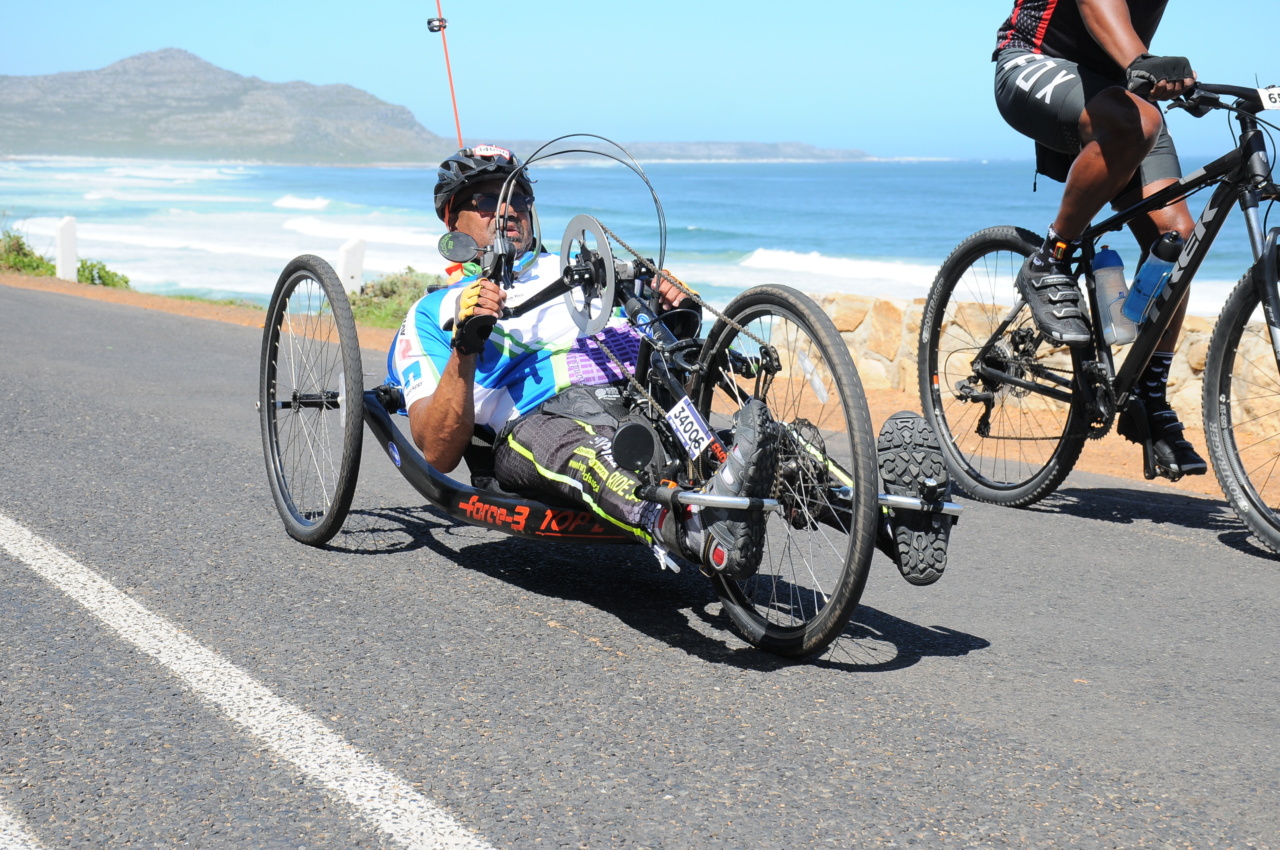Cycling is a beneficial form of exercise that not only helps in strengthening the cardiovascular system but also tones the muscles and helps in overall weight management.
However, recent studies have shown that cycling can also lead to sexual dysfunction in men and women who cycle for long periods of time, especially if they have poor saddle fit or improper cycling technique.
What is Sexual Dysfunction?
Sexual dysfunction is a term used to describe a range of problems that negatively affect a person’s sex life. It can occur in both men and women and can be caused by physical or psychological factors.
Some common forms of sexual dysfunction include:.
- Erectile Dysfunction (ED)
- Pain during intercourse
- Loss of libido (sexual desire)
- Orgasmic disorders
Cycling and Erectile Dysfunction (ED)
Erectile dysfunction (ED) is a common sexual problem that affects millions of men worldwide. It is characterized by the inability to achieve or maintain an erection firm enough for sexual intercourse.
Cycling has been found to increase the risk of developing ED, especially in men who cycle for long periods of time and have poor saddle fit or improper cycling technique.
The pressure exerted on the perineum (the area between the anus and the scrotum) during cycling can cause damage to the nerves and blood vessels that supply the penis, leading to ED.
The continuous pressure on this area can also cause numbness in the genitals, which can further contribute to sexual dysfunction.
Preventing ED in Cyclists
There are ways to prevent ED in cyclists, including:.
- Choosing a saddle that fits properly and is appropriate for your anatomy
- Wearing padded cycling shorts or using a padded saddle cover to reduce pressure on the perineum
- Taking frequent breaks during long rides to stretch and relieve pressure on the perineum
- Using proper cycling technique, such as adjusting your position on the bike, standing up on the pedals, or using a recumbent bike
- Regularly changing the position of the saddle to distribute pressure evenly
Cycling and Female Sexual Dysfunction
Cycling can also contribute to sexual dysfunction in women. The pressure on the perineum during cycling can cause nerve damage, leading to pain during intercourse and loss of sexual sensation.
It can also cause urinary tract infections (UTIs) and vaginal yeast infections, both of which can impact sexual health and function.
Preventing Sexual Dysfunction in Female Cyclists
Female cyclists can take steps to prevent sexual dysfunction during cycling, such as:.
- Choosing a saddle that fits properly and provides adequate support for the sit bones
- Using padded shorts or a padded saddle cover to reduce pressure on the perineum
- Taking frequent breaks during long rides to stretch and relieve pressure on the perineum
- Using proper cycling technique, such as adjusting your position on the bike or standing up on the pedals
- Engaging in pelvic floor exercises to strengthen the muscles that support the pelvic organs
Conclusion
Cycling is a beneficial form of exercise that can improve overall health and well-being. However, prolonged and improper cycling can lead to sexual dysfunction in both men and women.
By taking the necessary steps to prevent sexual dysfunction, such as choosing a proper saddle and using proper cycling technique, cyclists can continue to enjoy the benefits of cycling without compromising their sexual health.






























